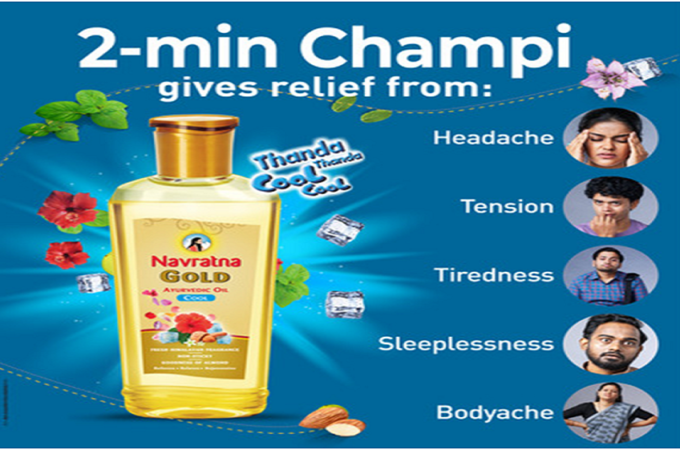
From Discomfort to Wellness: Conquering BPH
As men age, a common illness known as benign prostatic hyperplasia (BPH), or prostate gland enlargement, affects many of them. Uncomfortable urinary sensations brought on by an enlarged prostate gland can cause disruptions in daily life. The good news is that you can take action to manage your symptoms and feel better.
The causes, signs, and available treatments for BPH will all be covered in this article. BPH may be defeated, and your health can be restored with the appropriate knowledge and treatment.
Understanding BPH and Its Causes
The prostate, a small gland positioned beneath the bladder, is vital in generating fluid for sperm nourishment and protection. With time, the prostate typically undergoes a gradual enlargement. The exact cause of this enlargement remains unclear to medical professionals, but it may be associated with alterations in hormone levels that come with aging.
It’s essential to note that BPH (Benign Prostatic Hyperplasia) is distinct from cancer and doesn’t elevate the risk of developing prostate cancer. However, an enlarged prostate has the potential to narrow the urethra, the tube responsible for transporting urine from the bladder out of the body. This constriction can lead to challenges in urination and result in discomfort.
Several elements can heighten the susceptibility to Benign Prostatic Hyperplasia (BPH):
- Age – BPH predominantly impacts men aged 50 and above, and the likelihood of its occurrence rises with age.
- Family History – If you have a close blood relative with BPH, your risk of developing the condition may be elevated.
- Lifestyle Factors – Factors such as insufficient physical activity, obesity, and an unhealthy dietary regimen can potentially contribute to an increased risk of BPH.
- Medical Conditions – Chronic health conditions like diabetes, heart disease, and high blood pressure can also amplify the risk of BPH.
- Medications – It’s worth noting that specific medications, such as antihistamines and decongestants, can potentially exacerbate BPH symptoms.
Considering Treatment Options
BPH signs and symptoms typically appear gradually over time. They are primarily connected to problems urinating because an enlarged prostate restricts urine flow. Typical BPH signs include:
- Frequent nighttime urinating (nocturia)
- Compulsion to urinate
- Hesitation before starting to urinate
- Pushing or straining to start urinating
- Weak urine stream
If BPH symptoms interfere with your quality of life, treatment can help manage them. Treatment options for BPH include:
Medications
To enhance urine flow, various drugs can relax the muscles in the bladder and decrease the prostate. These include 5-alpha reductase inhibitors (like finasteride) and alpha-blockers (like tamsulosin).
Procedures with Minimal Invasion
The extra prostate tissue is destroyed with heat energy during transurethral needle ablation (TUNA) and transurethral microwave thermotherapy (TUMT).
Surgery
To open the urethra in cases of severe BPH, procedures like transurethral resection of the prostate (TURP) remove extra prostate tissue. Additionally, more recent laser procedures like Holmium Laser Enucleation of the Prostate (HoLEP)can be successful.HoLEP has a remarkable track record of long-lasting relief, with most patients not requiring additional surgeries or procedures for up to 20 years. Insurance also typically covers it, making it a cost-effective choice for many individuals.
In conclusion, although BPH cannot be completely cured, it can be efficiently managed. Focus on bringing about little, reasonable adjustments in your way of life. These efforts will eventually bear fruit due to your patience and perseverance, allowing you to reduce symptoms and regain your well-being. The road to overcoming suffering and taking back the standard of living you deserve is clear and attainable.





